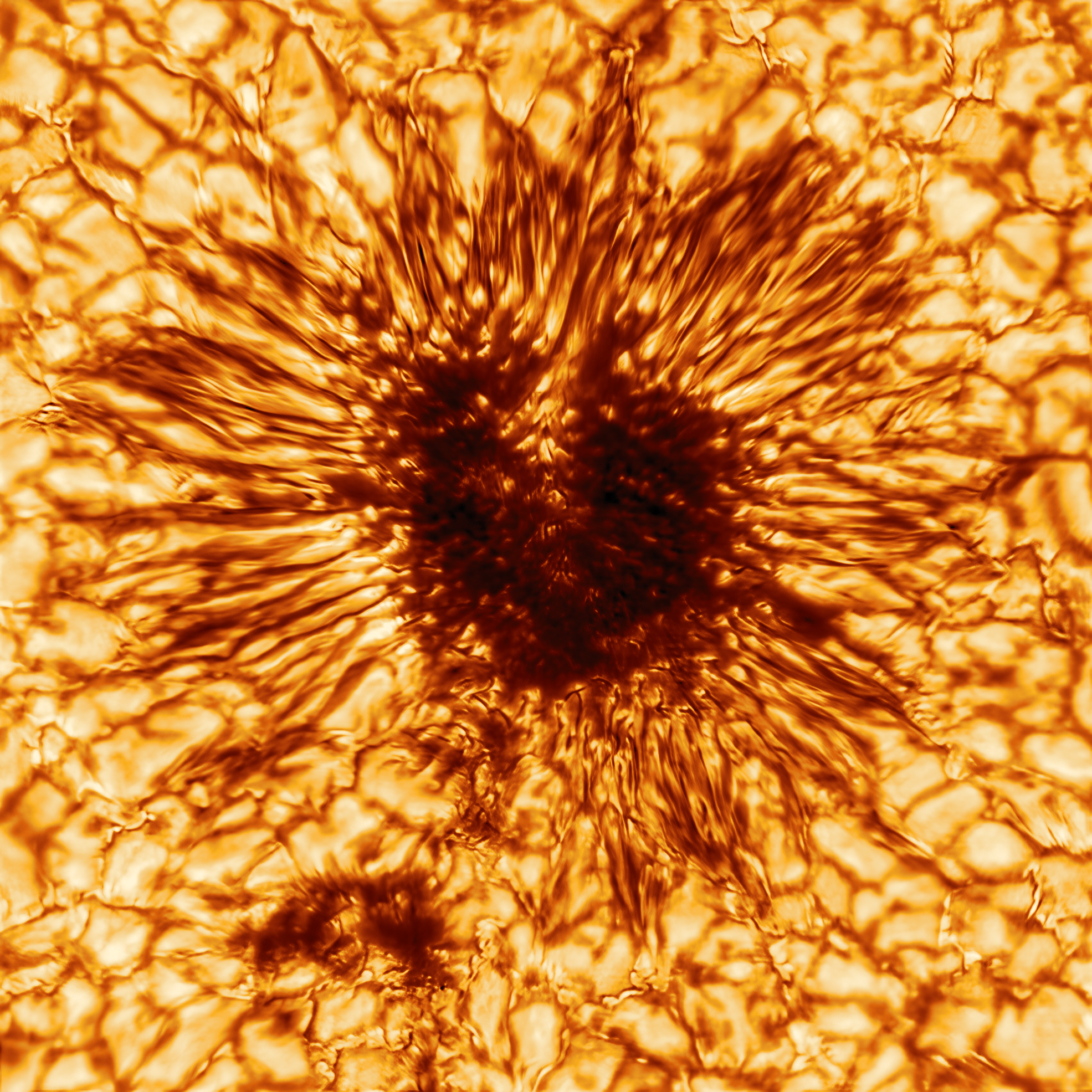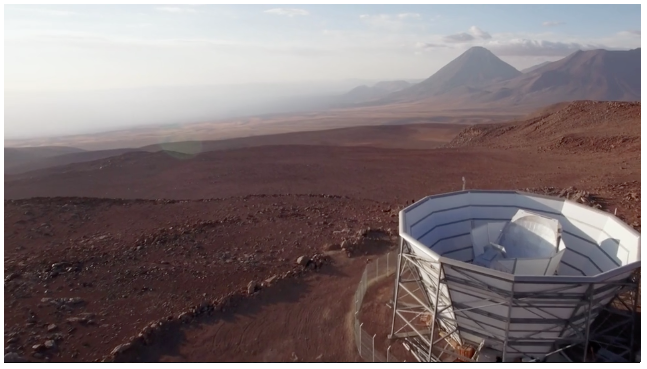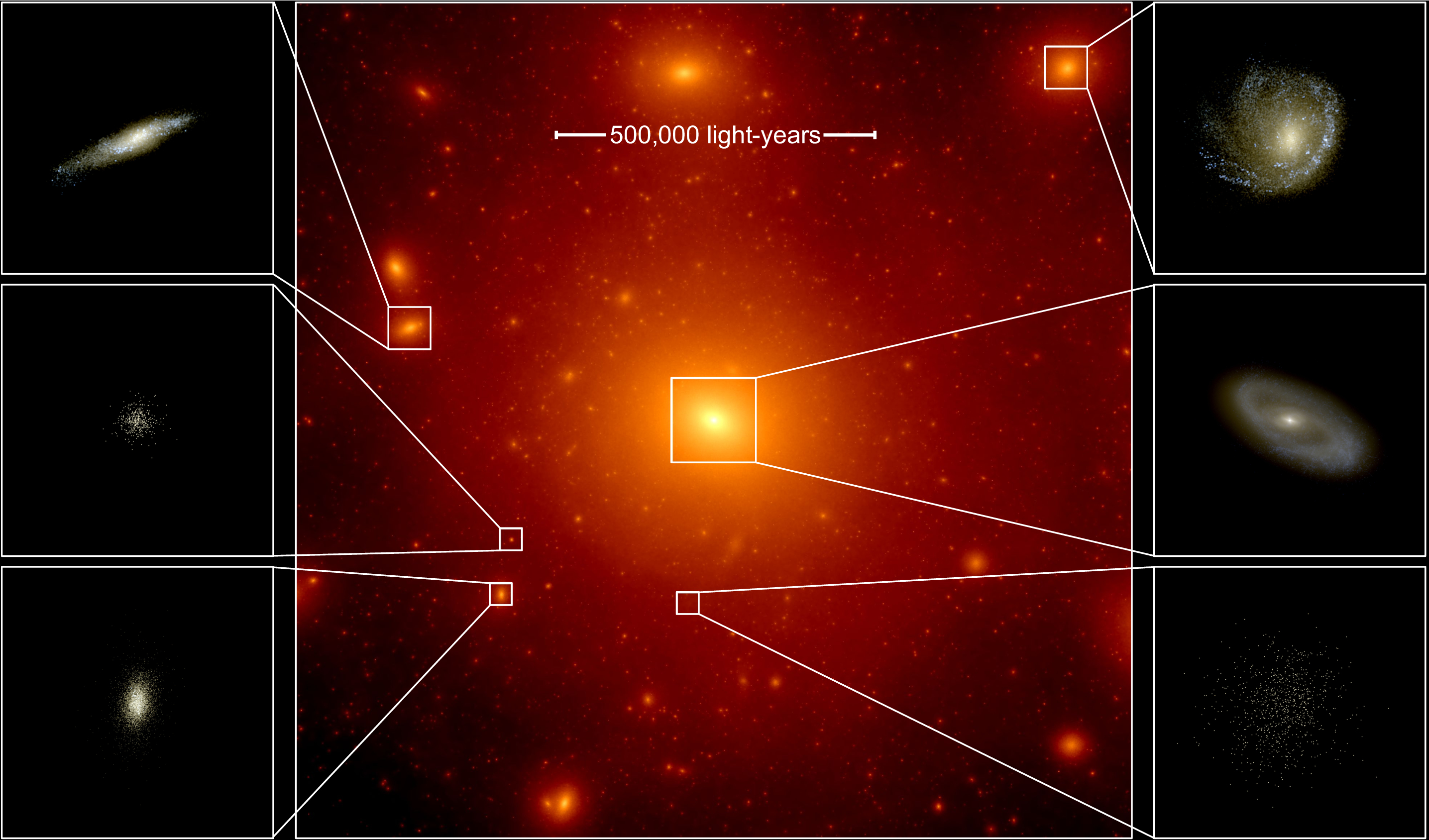Uranus, the planet second most distant from our Sun, has been described as mysterious, strange, and fairly unknown to those of us here on Earth. However, in astronomy, these terms are pretty relative. Compared to the remote, dark stretches of the early universe or oddball exoplanets dozens of light-years from our solar system, researchers actually know a lot about Uranus.
Tag: Telescopes
Kitt Peak Visitor Center Marks 60 Years of Sharing the Wonder of Our Night Sky
Today Kitt Peak Visitor Center celebrated 60 years of greeting visitors to the U.S. National Science Foundation Kitt Peak National Observatory. Since opening in 1964, the Visitor Center has welcomed more than two million guests to the mountain in its mission to inspire a sense of wonder and awe about the Universe through exhibits, daytime tours and nighttime public programs.
Ultrablack Coating Could Make Next-Gen Telescopes Even Better
For telescopes operating in the vacuum of space, or optical equipment in extreme environments, existing coatings are often insufficient. In the Journal of Vacuum Science & Technology Aresearchers in China turned to atomic layer deposition and developed an ultrablack thin-film coating for aerospace-grade magnesium alloys. The team used alternating layers of aluminum-doped titanium carbide and silicon nitride and together the materials prevent nearly all light from reflecting off the coated surface. The coating absorbs 99.3% of light while being durable enough to survive in harsh conditions.
Researchers spying for signs of life among exoplanet atmospheres
The next generation of advanced telescopes could sharpen the hunt for potential extraterrestrial life by closely scrutinizing the atmospheres of nearby exoplanets, new research suggests.
UC Irvine-led team unravels mysteries of planet formation, evolution in distant solar system
Irvine, Calif., Jan. 29, 2024 – A recently discovered solar system with six confirmed exoplanets and a possible seventh is boosting astronomers’ knowledge of planet formation and evolution.
NASA’s Webb Makes First Detection of Heavy Element from Star Merger
Using Webb’s spectacular sensitivity, scientists captured the first mid-infrared spectrum from space of a kilonova, which marked Webb’s first direct look at an individual heavy element from such an event.
Using cosmic weather to study which worlds could support life
As the next generation of giant, high-powered observatories begin to come online, a new study suggests that their instruments may offer scientists an unparalleled opportunity to discern what weather may be like on far-away exoplanets.
Mapping Dark Matter Like Never Before
A new groundbreaking image from one of the world’s most powerful telescopes that reveals the most detailed map of dark matter distributed across one quarter of the sky, and deep into the cosmos, offers scientists a perspective that may lead to new methods to demystify dark matter. The research that led to the image, completed by the Atacama Cosmology Telescope (ACT) collaboration, also provides further support to Einstein’s theory of general relativity, which has been the foundation of the standard model of cosmology for more than a century.
UCI-led astronomers capitalize on early access to James Webb Space Telescope data
First in line to receive data transmissions from the James Webb Space Telescope, a team of astronomers at the University of California, Irvine and other institutions is using the unprecedentedly clear observations to reveal the secret inner workings of galaxies. In a paper published today in The Astrophysical Journal Letters, the researchers describe their examination of the nearby galaxy NGC 7469 with the JWST’s ultrasensitive mid-infrared detection instruments.
Astronomers create new technique to assist in search for dark matter
Meteors may help astronomers devise a new way to locate dark matter – mysterious and invisible particles that have so far only been discerned by the effect they have on the natural world.
CHIME telescope and collaborative efforts from WVU lead to the detection of more than 500 fast radio bursts
With the help of the radio telescope located at the Dominion Radio Astrophysical Observatory, operated by the National Research Council of Canada, in British Columbia, Canada, the telescope has nearly quadrupled the number of FRB discovered to date.

UCI-led team challenges existence of recently proposed exoplanet at Barnard’s star
In 2018, astronomers announced that they had discovered an exoplanet orbiting Barnard’s star, our solar system’s second-closest stellar neighbor, but further analysis by an international group of researchers headed by a graduate student at the University of California, Irvine has cast doubt on the finding.
Rutgers Expert Available to Discuss James Webb Space Telescope Science
New Brunswick, N.J. (Feb. 22, 2021) – Rutgers University–New Brunswick Professor Kristen McQuinn is available for interviews on the upcoming launch of the James Webb Space Telescope, its potential scientific impact and the leap forward it will provide in our understanding of the…

NSF’s Inouye Solar Telescope Releases First Image of a Sunspot
The U.S. NSF’s Daniel K. Inouye Solar Telescope just released its first image of a sunspot. The telescope’s four-meter primary mirror will give the best views of the Sun from Earth throughout the next solar cycle. This image is an indication of the telescope’s advanced optics. The image is released along with the first of a series of Inouye-related articles featured in the Solar Physics Journal.
VLA Marks 40 Years at the Frontier of Science
The Very Large Array (VLA) turns 40 years old on October 10, and the National Radio Astronomy Observatory is hosting a day-long virtual celebration that day.

Lead Lab Selected for Next-Generation Cosmic Microwave Background Experiment
The largest collaborative undertaking yet to explore the relic light emitted by the infant universe has taken a step forward with the U.S. DOE’s selection of Berkeley Lab to lead the partnership of national labs, universities, and other institutions that are joined in the effort to carry out the DOE roles and responsibilities.

Galaxy Simulations Could Help Reveal Origins of Milky Way
Rutgers astronomers have produced the most advanced galaxy simulations of their kind, which could help reveal the origins of the Milky Way and dozens of small neighboring dwarf galaxies. Their research also could aid the decades-old search for dark matter, which fills an estimated 27 percent of the universe. And the computer simulations of “ultra-faint” dwarf galaxies could help shed light on how the first stars formed in the universe.
Paired with super telescopes, model Earths guide hunt for life
– Cornell University astronomers have created five models representing key points from our planet’s evolution, like chemical snapshots through Earth’s own geologic epochs. The models will be spectral templates for astronomers to use in the approaching new era of powerful telescopes, and in the hunt for Earth-like planets in distant solar systems.
Telescope upgrade, move will aid in search for exoplanets
Thousands of planets orbiting stars other than our own – known as extrasolar planets, or exoplanets – have been detected and cataloged over the last 30 years. A new effort will set the stage for the discovery of fundamentally different kinds of planets – very young and very large.

Automated Observing Network Inaugurated at SOAR Telescope
To provide astronomers with a network of world-class telescopes that can be accessed with a touch of a button, four ground-based astronomical observatories have joined forces to set up the Astronomical Event Observatory Network (AEON): Las Cumbres Observatory (LCO), the National Science Foundation’s National Optical Astronomy Observatory (NOAO), the SOAR Telescope, and Gemini Observatory. With AEON, astronomers will be able to automatically follow up on their astronomical objects of interest, with a range of 0.4-meter to 8-meter telescopes, observing in UV light to infrared.

Automated Observing Network Inaugurated at SOAR Telescope
To provide astronomers with a network of world-class telescopes that can be accessed with a touch of a button, four ground-based astronomical observatories have joined forces to set up the Astronomical Event Observatory Network (AEON): Las Cumbres Observatory (LCO), the National Science Foundation’s National Optical Astronomy Observatory (NOAO), the SOAR Telescope, and Gemini Observatory. With AEON, astronomers will be able to automatically follow up on their astronomical objects of interest, with a range of 0.4-meter to 8-meter telescopes, observing in UV light to infrared.